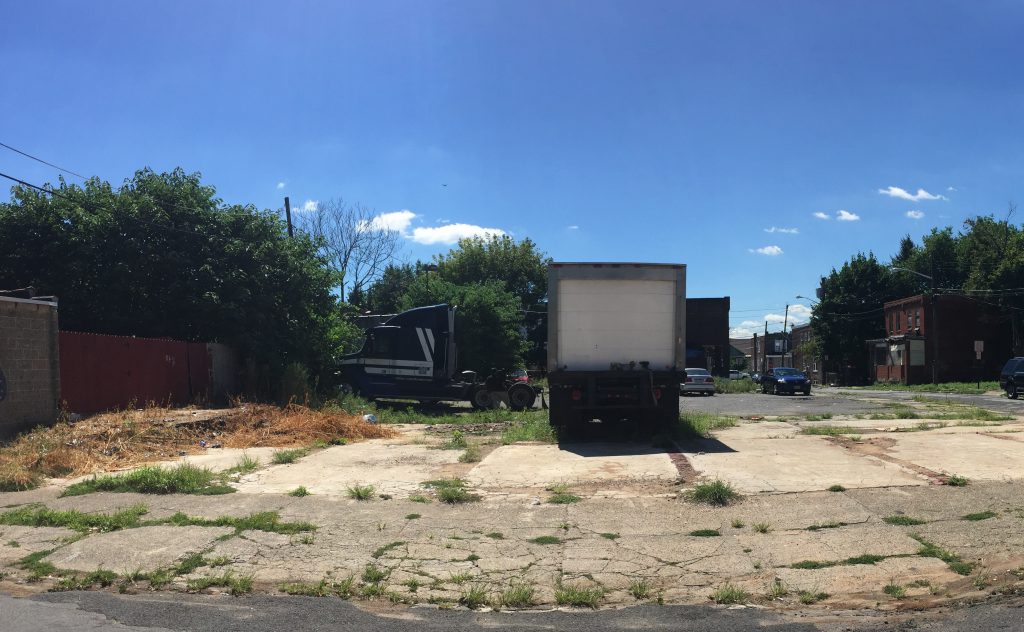
Many public sector entities that possess brownfields sites struggle to manage their stormwater runoff. Up to now, there has been limited guidance about how to engage these sites for on-site stormwater treatment.The Philadelphia Water Department (PWD) has a goal to install Green Stormwater Infrastructure (GSI) on hundreds of City-owned vacant lots per year. The US EPA’s Technical Assistance for Brownfields (TAB) program at the New Jersey Institute of Technology (NJIT) worked with PWD to develop a unique planning tool that includes a decision tree and environmental/economic workflow framework for parallel track development of environmental risk assessment information and GSI planning and design data.
The decision tree/workflow planning tool includes the application of a simplified, phased, and iterative environmental review:
Step 1 – Conceptual Site Model (CSM)
Identify potential completed contaminant migration pathways whereby contamination may reach and harm human and ecological receptors.
Step 2 – Cost Benefit Analysis (CBA)
The estimate would include costs associated with environmental investigation; planning, design and construction; and operations and maintenance. These estimates would be developed for four scenarios including: No further environmental investigation/no build; No further environmental investigation/build; Mitigation/build; and Remediation/build.
Step 3 – Risk-Benefit Analysis (RBA)
Analysis to assign probabilities to various decision points that are subject to significant unknown information. For example, in a scenario where no significant environmental risk has been identified by the CSM and therefore the need to conduct additional investigation into environmental concerns is eliminated, the decision is made to go forward with design and construction of the GSI project without gathering further environmental information. However, there is some probability that unknown environmental contamination may exist and will have to be remediated when encountered.
The tool allows staff to include environmental assessment with their conceptual planning and engineering work to make high-level decisions early in the design process on the suitability of sites for installing GSI. The model is being expanded for application to other municipalities around the country who are seeking to add GSI projects to their stormwater management programs for complying with Clean Water Act goals and regulations.
More information, including a copy of the publication “Green Stormwater Infrastructure Decision Tree Tool” may be downloaded at the NJIT TAB web site.


